LeSS (Large-Scale Scrum Framework) is more than a set of principles and experiments. It also provides a framework with rules. The LeSS Rules define what is LeSS (and what isn’t) and they provide a concrete framework for applying LeSS. Within the LeSS Framework, product groups can apply the experiments and discover what works best for them at a certain moment.
According to LeSS:
“There are no such things as best practices. There are only practices that are good within a certain context.”
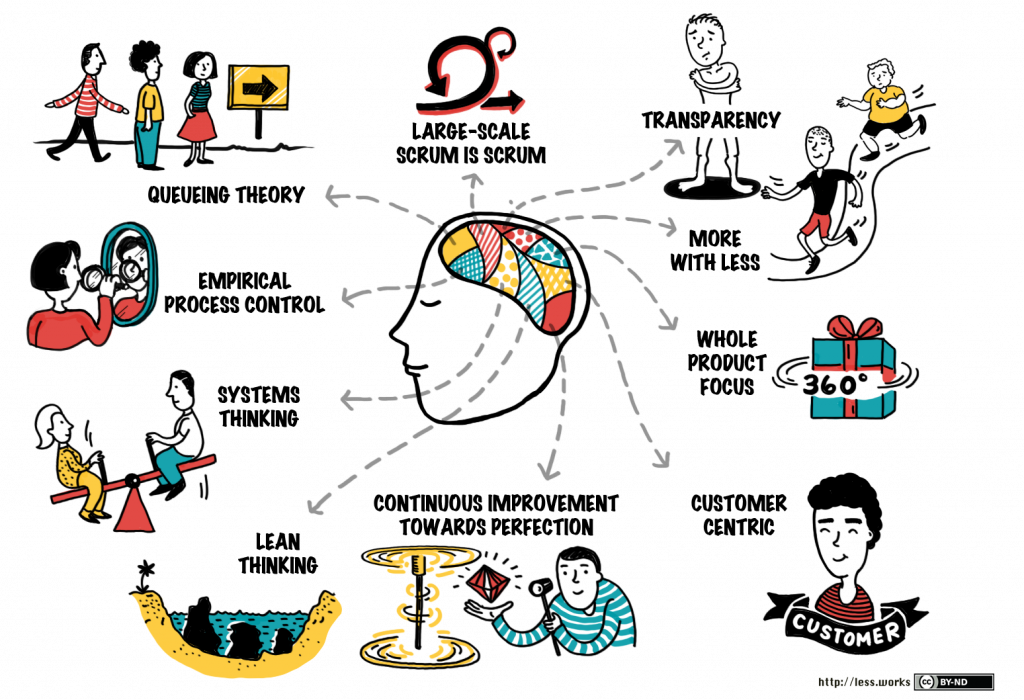
The 10 LeSS Principles:
“LeSS is about applying the principles, elements, and purpose of Scrum in a largescale context for multiple-team Scrum, not multiple Scrum teams.”
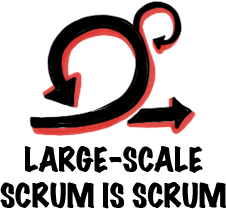
LeSS is not “new and improved Scrum.”

Inspection and adaptation of the product, processes, organizational design, and practices to craft a situational appropriate organization based on Scrum, rather than following a detailed formula. And empirical process control requires and creates transparency.

Based on tangible ‘done’ items, short cycles, working together, common definitions, and driving out fear in the workplace.


One Product Backlog, one Product Owner, one potentially shippable product increment, one Sprint—regardless if there are 3 or 33 teams. Customers want the product, not a part of it.
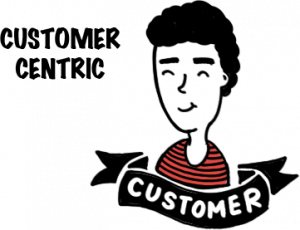
Identify value and waste in the eyes of the paying customer. Reduce the cycle time from their perspective. Increase feedback loops with real customers. Everyone understands how their work today directly relates to paying customers.
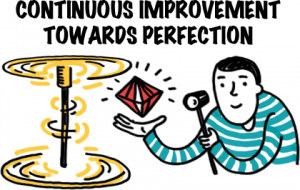
Create and deliver a product all the time, without defects, that utterly delights customers, improves the environment, and makes lives better. Do humble and radical improvement experiments each Sprint towards that.
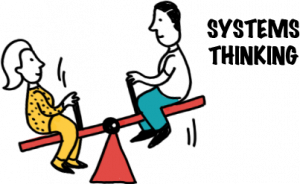
See, understand, and optimize the whole system (not parts), and explore system dynamics. Avoid the local and sub-optimizations of focusing on the ‘efficiency’ or ‘productivity’ of individuals and individual teams. Customers care about the overall concept-to-cash cycle time and flow, not individual steps.

Create an organizational system whose foundation is managers-as-teachers who apply and teach systems thinking and lean thinking, manage to improve, and who practice Go See at gemba. Add the two pillars of respect for people and continuous improvement. All towards the goal of perfection.

Understand how systems with queues behave in the R&D domain and apply those insights to managing queue sizes, work-in-progress limits, multitasking, work packages, and variability.
| About Visual Paradigm |
 Visual Paradigm helps organizations stay competitive and responsive to change faster and better in today’s fast-changing environment. Our award-winning products are trusted by over 320,000 users in companies ranging from small businesses, consultants, to blue-chip organizations, universities, and government units across the globe. It enables organizations to improve business and IT agility and foster innovation through popular open standards and process frameworks. In 2019, Visual Paradigm introduced the Large-Scale Scrum Canvas for automating the way a Scrum team to create, manage and deploy software application that empowers the team to continuously improve their performance at unprecedented speed and scale. Visual Paradigm helps organizations stay competitive and responsive to change faster and better in today’s fast-changing environment. Our award-winning products are trusted by over 320,000 users in companies ranging from small businesses, consultants, to blue-chip organizations, universities, and government units across the globe. It enables organizations to improve business and IT agility and foster innovation through popular open standards and process frameworks. In 2019, Visual Paradigm introduced the Large-Scale Scrum Canvas for automating the way a Scrum team to create, manage and deploy software application that empowers the team to continuously improve their performance at unprecedented speed and scale.
Manage the Entire Scrum Process in One Page
|